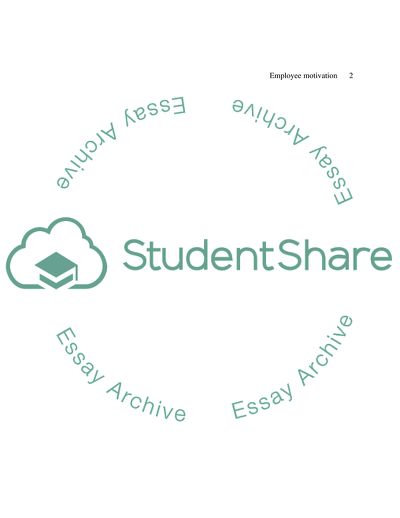Cite this document
(Creating Employee Motivation through the Use of Manipulation Is Not Tr Literature review, n.d.)
Creating Employee Motivation through the Use of Manipulation Is Not Tr Literature review. Retrieved from https://studentshare.org/human-resources/1738038-topic-is-employee-motivation-a-tool-for-management-to-facilitate-extra-effort-or-a-manipulation-tool-to-get-maximum-effort-from-employees-critically-analyse-using-ethical-perspectives-of-motivation-and-manipulation
Creating Employee Motivation through the Use of Manipulation Is Not Tr Literature review. Retrieved from https://studentshare.org/human-resources/1738038-topic-is-employee-motivation-a-tool-for-management-to-facilitate-extra-effort-or-a-manipulation-tool-to-get-maximum-effort-from-employees-critically-analyse-using-ethical-perspectives-of-motivation-and-manipulation
(Creating Employee Motivation through the Use of Manipulation Is Not Tr Literature Review)
Creating Employee Motivation through the Use of Manipulation Is Not Tr Literature Review. https://studentshare.org/human-resources/1738038-topic-is-employee-motivation-a-tool-for-management-to-facilitate-extra-effort-or-a-manipulation-tool-to-get-maximum-effort-from-employees-critically-analyse-using-ethical-perspectives-of-motivation-and-manipulation.
Creating Employee Motivation through the Use of Manipulation Is Not Tr Literature Review. https://studentshare.org/human-resources/1738038-topic-is-employee-motivation-a-tool-for-management-to-facilitate-extra-effort-or-a-manipulation-tool-to-get-maximum-effort-from-employees-critically-analyse-using-ethical-perspectives-of-motivation-and-manipulation.
“Creating Employee Motivation through the Use of Manipulation Is Not Tr Literature Review”. https://studentshare.org/human-resources/1738038-topic-is-employee-motivation-a-tool-for-management-to-facilitate-extra-effort-or-a-manipulation-tool-to-get-maximum-effort-from-employees-critically-analyse-using-ethical-perspectives-of-motivation-and-manipulation.


